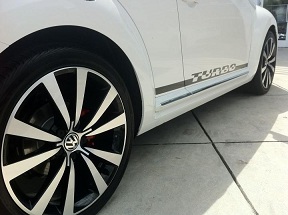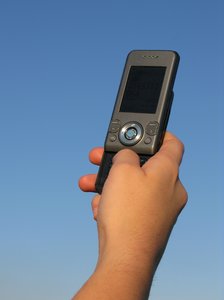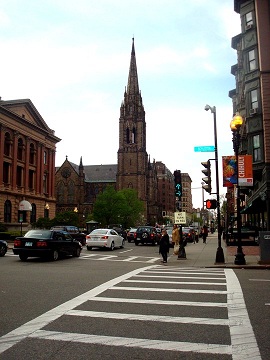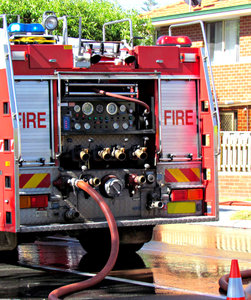As we recently reported on our Boston Personal Injury Attorney Blog, the National Transportation Safety Board (NTSB) is working diligently to get government officials to enact a nationwide ban on portable electronic devices for all drivers. This move could one day help to reduce the risks of distraction-related car accidents in Massachusetts and elsewhere.

Massachusetts politicians may be on the same page as the NTSB as they’re mulling for stricter measures to halt texting at the wheel, even though it was prohibited on Massachusetts roadways over a year ago, according to Mass Live. Drivers in the state continue to text message at the wheel. For this reason the Legislature’s Joint Committee on Transportation is will be holding a Statehouse hearing to consider an even stricter crackdown — a full out ban on the use of hand-held cell phones by drivers.
Our Boston car accident lawyers understand that our neighbors, New York and Connecticut, already have bans on hand-held cell phones. With the current laws in our state, it’s difficult for officers to differentiate whether a driver was sending a text message, which is illegal, or dialing a number to make a phone call, which is not illegal. This blog entry is the kickoff of a 6-part blog in which we are urging residents to make New Year’s resolutions for safer roadways in 2012. In this entry, we’re asking for all drivers to act in the spirit of the proposed anti-distraction law and to willingly curb mobile devices behind the wheel. Change starts with you. Talk with friends and family members about the dangers and risks that are associated with distracted driving and encourage them to join the cause, too. You can help to save lives on our roadways.
Current Massachusetts state law prohibits drivers from sending or reading text message or emails while behind the wheel of a motor vehicle. This even counts if a driver is stopped at a red light. If you’re busted, you could face a $100 fine for the first offense and up to a $500 fine for repeat offenses.
Our state was the 30th state in the country to enact a texting ban for all drivers. When the law was initially discussed, politicians shot down the idea of requiring all drivers use hands-free device only, but now some are changing their minds and are willing to reassess that option.
Currently, there are 8 bills hovering over restrictions for drivers and cell phones in the state. Some measures propose a ban for drivers in school zones, while other bans ask for hands-free devices in all cases.
According to Jeff Larson, with the North Andover-based Safe Roads Alliance, Massachusetts’ current laws are tough to enforce and could use some tightening up to make our roadways safer.
Since the law was passed and aggressive law enforcement campaigns took force, there was a near 60 percent decrease in the number of drivers who used a cell phone at the wheel and an approximate 75 percent drop in the number of texting drivers.
In 2011, there were more than 3,100 people killed in distraction-related car accidents in the U.S. Our Boston car accident attorneys are asking for drivers’ willful cooperation to make our roadways safer than ever in 2012.
Continue reading
 Boston Car Accident Lawyer Blog
Boston Car Accident Lawyer Blog












